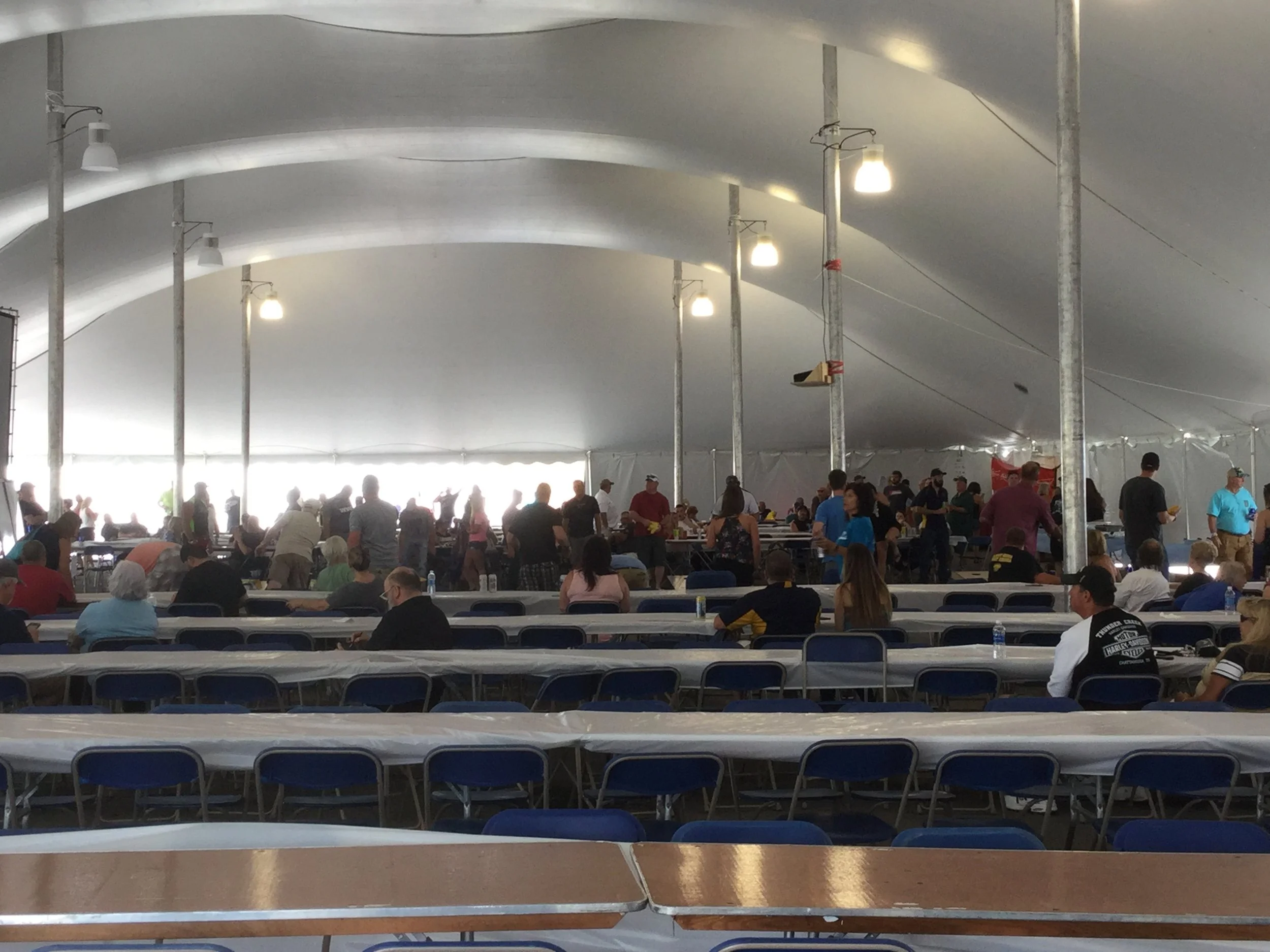In the wake of natural disasters, the immediate need for shelter becomes paramount. Whether it’s a hurricane, earthquake, flood, or wildfire, the aftermath often leaves communities devastated and in urgent need of temporary housing solutions. This is where tent rentals come into play, offering a versatile, efficient, and rapid response to shelter needs. In this blog post, we’ll explore the critical role that tent rentals play in disaster response and why they are an essential component of emergency preparedness.
Rapid Deployment and Setup
One of the most significant advantages of tent rentals in disaster response is their ability to be rapidly deployed and set up. Unlike traditional building structures, which can take weeks or even months to construct, tents can be erected in a matter of hours. This speed is crucial in disaster scenarios where time is of the essence. Emergency responders can quickly provide shelter to those affected, ensuring that they have a safe place to stay while longer-term solutions are being arranged.
Versatility and Adaptability
Tents are incredibly versatile and can be adapted to suit a variety of needs. They can serve as temporary housing, medical facilities, command centers, storage units, and more. This adaptability makes them an invaluable asset in disaster response efforts. For instance, in the aftermath of a hurricane, tents can be used to set up emergency medical clinics to treat the injured, while also providing temporary housing for displaced families. Their modular nature allows for easy expansion or reconfiguration as the situation evolves.
Cost-Effective Solution
In disaster response, budget constraints are always a concern. Tent rentals offer a cost-effective solution compared to constructing new buildings or other forms of temporary housing. The rental model allows for flexibility in terms of duration and scale, ensuring that resources are used efficiently. Additionally, the maintenance and upkeep of tents are relatively low, further reducing costs. This financial efficiency enables disaster response teams to allocate funds to other critical areas such as food, medical supplies, and logistics.
Durability and Weather Resistance
Modern tents are designed to withstand harsh weather conditions, making them suitable for use in disaster-stricken areas. They are constructed from durable materials that can endure strong winds and heavy rain. This resilience ensures that the shelters remain intact and provide a safe environment for occupants. Moreover, tents can be equipped with heating or cooling systems to maintain a comfortable interior climate, regardless of external weather conditions.
Enhancing Community Resilience
Beyond providing immediate shelter, tent rentals play a crucial role in enhancing community resilience. By offering a quick and reliable housing solution, they help stabilize affected communities and allow residents to begin the recovery process. This stability provides a sense of security and normalcy amidst the chaos. Furthermore, tents can be used to create communal spaces where people can gather, share information, and support each other, fostering a sense of community and solidarity.
Supporting Medical and Relief Operations
In disaster scenarios, medical and relief operations are critical. Tents can be transformed into fully functional medical facilities, complete with beds, medical equipment, and supplies. This capability is particularly important in areas where existing healthcare infrastructure has been damaged or overwhelmed. Additionally, tents can serve as distribution centers for food, water, and other essential supplies, ensuring that aid reaches those in need efficiently.
Tent Rental Considerations
When choosing a tent vendor and type of tent for disaster response, there are several important factors to consider. Choosing a tent vendor such as Tents For Rent with a long history of experience and a deep inventory can ensure that the recovery effort goes as smoothly as possible. Choosing a high-quality tent from a reputable manufacturer is also important. There is nothing worse than bringing people from their damaged homes to a tent that can’t withstand subsequent storms. In many cases, a frame tent or a clearspan tent is the best option for disaster recovery. However, engineered pole tents can be a good solution as well.
Success Stories
During the 2010 Haiti earthquake, tents were deployed to provide immediate shelter to thousands of displaced individuals. Similarly, in the aftermath of Hurricane Katrina, tents were used to set up temporary medical facilities and command centers, playing a vital role in the relief efforts. These success stories underscore the importance of having a reliable tent rental service as part of any disaster preparedness plan.
Conclusion
In conclusion, tent rentals are an indispensable tool in disaster response. Their rapid deployment, versatility, cost-effectiveness, durability, and environmental benefits make them an ideal solution for providing immediate shelter and support to affected communities. By incorporating tent rentals into disaster preparedness plans, emergency responders can ensure that they are equipped to handle the challenges that arise in the wake of natural disasters. Investing in tent rentals is not just about providing temporary shelter; it’s about building resilience and offering hope to those in their most vulnerable moments.


